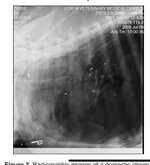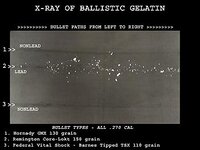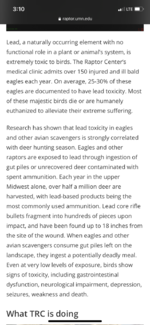I started a thread about this in the Conservation forum because I hadn't seen this one. But, I'll share an excerpt from the Science paper here as well. It's a shame the paper isn't publicly available, but it's probably just a matter of time before someone posts it on the internet somewhere despite the copyright.
Excerpt from the paper: Acute poisoning of both species was generally higher in winter months, when bald and golden eagles commonly scavenge (3–5). Elevated lead concentrations in predatory and scavenging birds are usually caused by primary lead poisoning, most frequently direct ingestion of lead fragments from ammunition (2, 12, 13). Use of lead in ammunition during hunting seasons corresponds directly, both spatially and temporally, with the feeding ecology of facultative scavengers such as bald and golden eagles (5, 14), a problem that has been studied extensively (5, 14, 15). Our data show a continent-wide temporal correspondence between acute lead poisoning of eagles and the use of lead ammunition.



